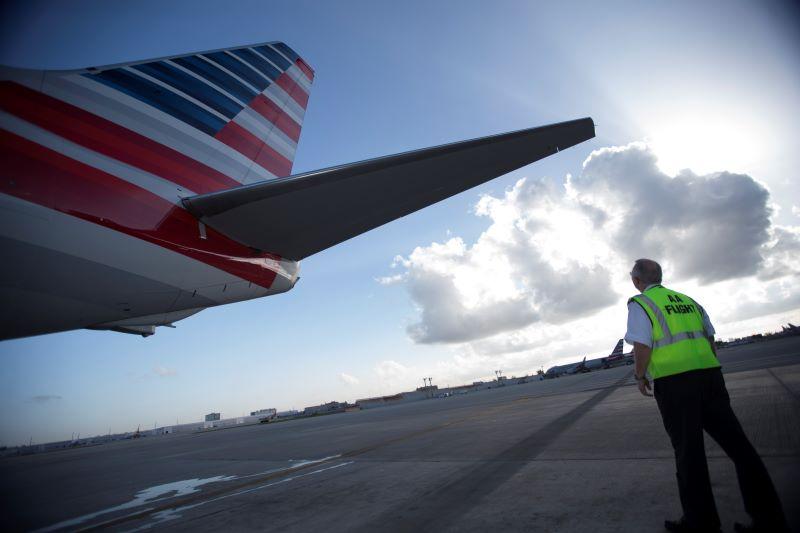U.S. Carriers: Road Back To Normal Will Be Long And Hard

The gradual recovery in commercial aircraft utilization seen through the summer offered hope to U.S. carriers that the worst of the crisis may have passed however a return to decline in September has shown that the path forward is will be filled with twists and turns along the way.
After they collectively raised more than $100 billion this year to combat the worst downturn in commercial aviation history, including $50 billion in government funds provided by the Coronavirus Aid, Relief and Economic Security (CARES) Act, no major U.S. airline currently faces a significant near-term risk of going bankrupt.
While daily throughput tracked by TSA remains down more than 60% from last year, domestic leisure volumes have already recovered to around 85-90% of 2019 levels, according to a recent report from Cowen analyst Helane Becker. Business travel, by contrast, is currently down more than 90%, and international demand is “nearly nonexistent,” Becker wrote.
Daily passenger traffic in the U.S. has recently started to top 1 million people on peak days, composed almost entirely of leisure and visiting friends and relatives (VFR) travel, compared with an average 2.5 million daily travelers in 2019. Prior to the pandemic, domestic leisure travel accounted for about 40% of total traffic, with the remainder evenly split between the corporate and international segments.
U.S. carriers are hopeful about the potential for pre-departure COVID-19 testing that could help restart international transit links by offering an alternative to onerous 14-day quarantines. United management predicts that testing will be widely available around the world by the spring of 2021 and that governments will adopt consistent measures to reduce quarantines for customers who test negative




